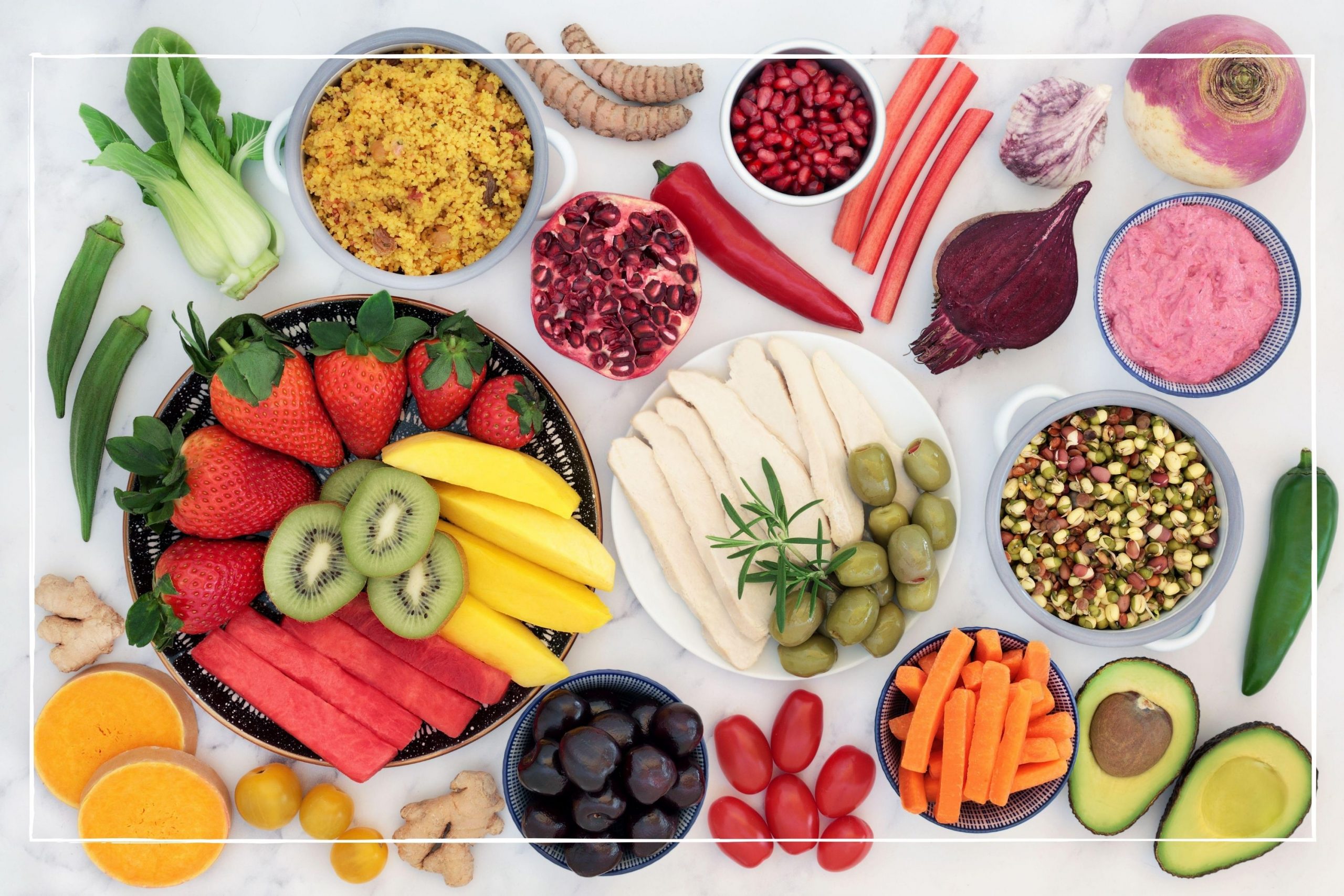How to sew your own sewing machine cover
Tired of boring designs covering your sewing machine? Check out our handy guide on how to get creative and sew your own sewing machine cover.
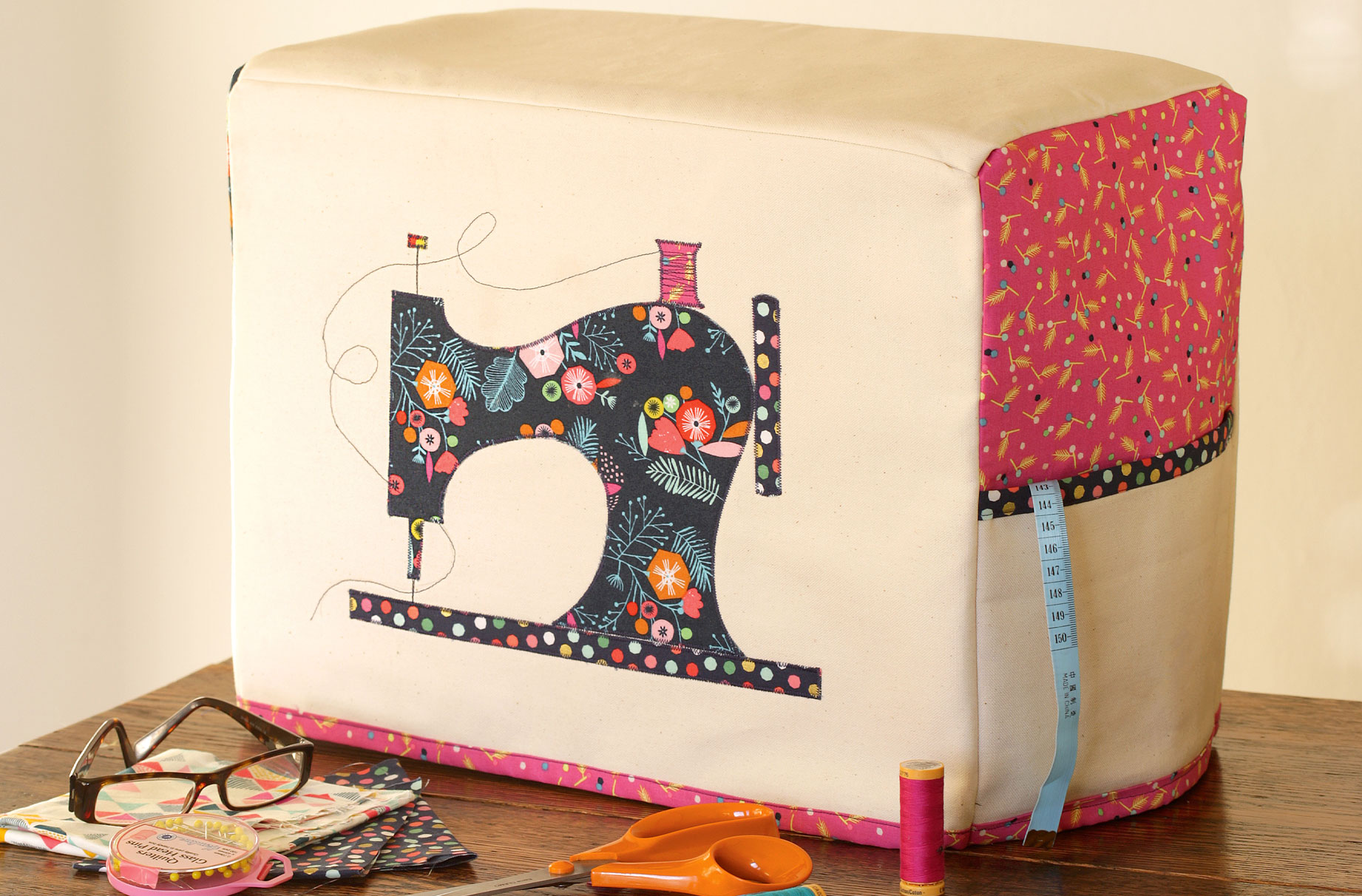

Tired of boring designs covering your sewing machine? Check out our handy guide on how to get creative and sew your own sewing machine cover.
This pretty, scrap-busting sewing machine cover is the perfect project to use up your fabric stash. With handy side pockets to store your scissors and tape measure, it’s super practical as well as stylish.
We've created our design with a sewing machine motif, but you can create an appliqué of anything you want. Choose a tile-print Moroccan style motif to appliqué on the front or some monochrome geo shapes might be more your thing. Whatever you choose, make sure it suits the room where you store your sewing machine.
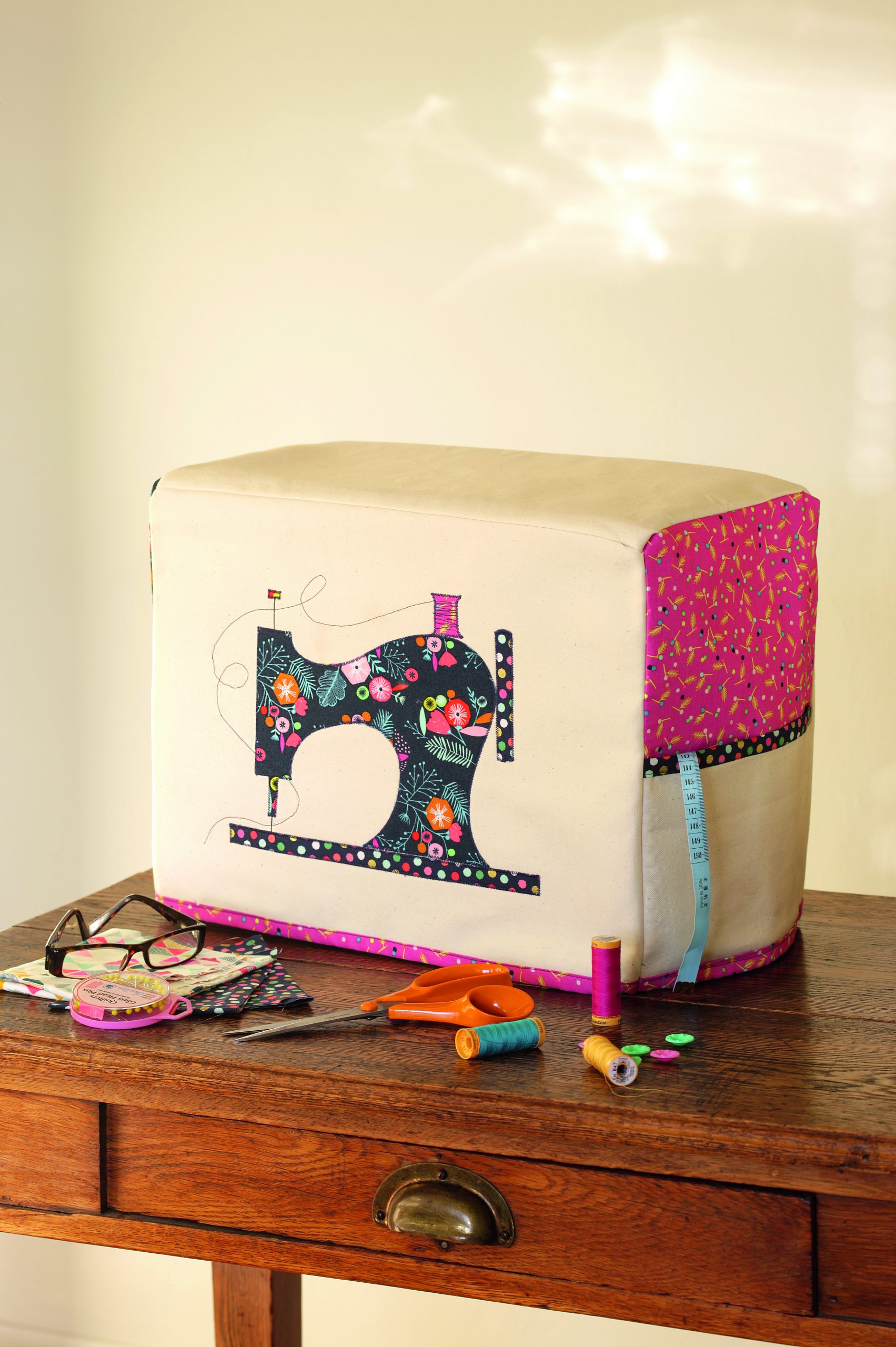
To make your own sewing machine cover you will need:
- Cream cotton fabric (we used a 50 x150cm piece)
- Medium weight iron-on interfacing (we used a 50 x 150cm piece)
- Three patterned fabrics (we used 50 x 50cm of each)
- Bondaweb
- Matching thread
- Scissors
- Pins
- Sewing machine
Time to make: 5 hours
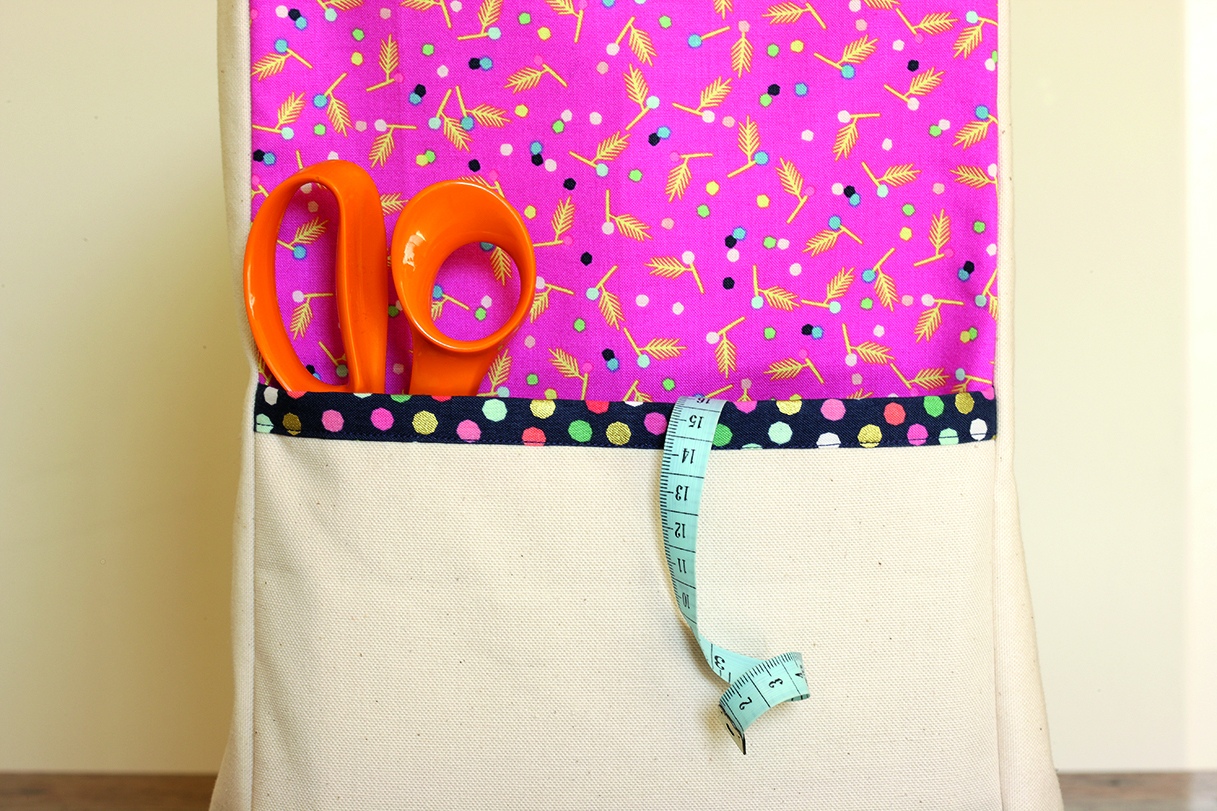
How to make your own sewing machine cover:
1. To work out the measurements of your sewing machine cover, first measure the height of your sewing machine and add 1.5cm. Then measure the width and add 3cm. Then measure the depth and add 3cm. From now on, when referring to the measurements, always include these additions.
2. From the cream cotton fabric and interfacing, cut out a top panel measuring the depth and width measurements. Cut a front and back panel measuring the height and width. Cut two pockets measuring half the height by the depth. From one of the patterned fabrics and interfacing, cut two side panels measuring the depth and height.
3. To make the binding, cut 5cm wide strips from the patterned fabric and sew them together at the short ends. Press the seams open and run the length through a bias binding tape maker. You will need no more than 150cm to bind the bottom of the cover and 70cm in a contrasting fabric to bind the pocket tops.
GoodtoKnow Newsletter
Parenting advice, hot topics, best buys and family finance tips delivered straight to your inbox.
How to create the appliqués:
Download the appliqué template here: Sew-your-own-sewing-machine-cover-template.pdf
- Enlarge the templates on a photocopier to fit the front panel piece of the sewing machine cover and cut out.
- Fuse the Bondaweb to the wrong side of the patterned fabric pieces.
- Trace around the template cut-outs onto the paper backings fused to the different fabrics and use a pair of scissors to cut out the sewing machine, spool, screw, wheel handle and base appliqués.
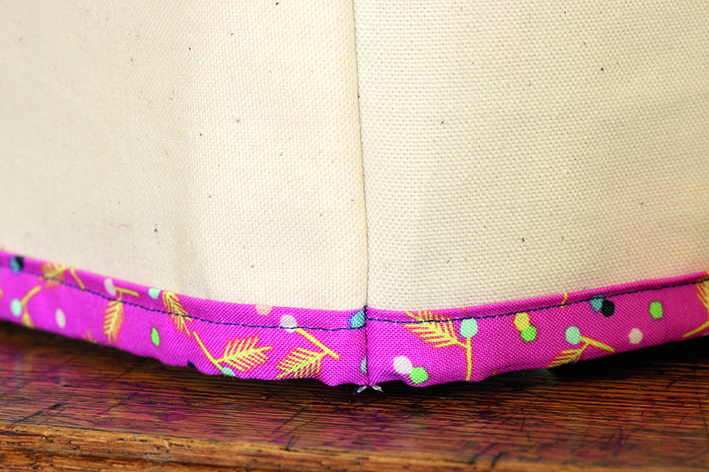
How to sew the appliqués:
1. Fuse the interfacing to the wrong sides of the matching cream cotton and patterned fabric pieces, following the manufacturer’s instructions. Fuse the appliqué pieces to the front panel piece, following our photograph as a guide.
2. To secure, stitch the appliqués in position, making sure to sew a looping line of stitches for the thread and zigzagging across the spool.
3. Place a piece of binding on top of each pocket piece and pin. Topstitch in place, close to the edge of the binding. Position the pocket on top of the side panel with bottom edges aligned. Pin and sew up the sides and bottom of the pocket by 1cm to secure.
4. Bind the lower edge of the side, front and back panel pieces with the rest of the binding tape. Topstitch in place, close to the edge of the binding.
5. With right sides together, pin the top piece to the front and back panel pieces along their top edges. Sew together with a 1.5cm seam allowance.
6. Pin one of the side panels to one of the sides of the front and back pieces. As you pin, ease the top of the side panel to meet the edge of the top panel. Sew the sides and top together with a 1.5cm seam allowance. Repeat for the other side panel and press.

Esme is Future's resident craft expert, working across titles such as GoodTo, Woman&Home, Woman’s Weekly, Woman, Woman’s Own, Chat, Now, Pick Me Up and The Craft Network. Successfully turning her sewing hobby into a career, she's adept in a number of crafts, including sewing, papercraft, calligraphy, embroidery and printing.

